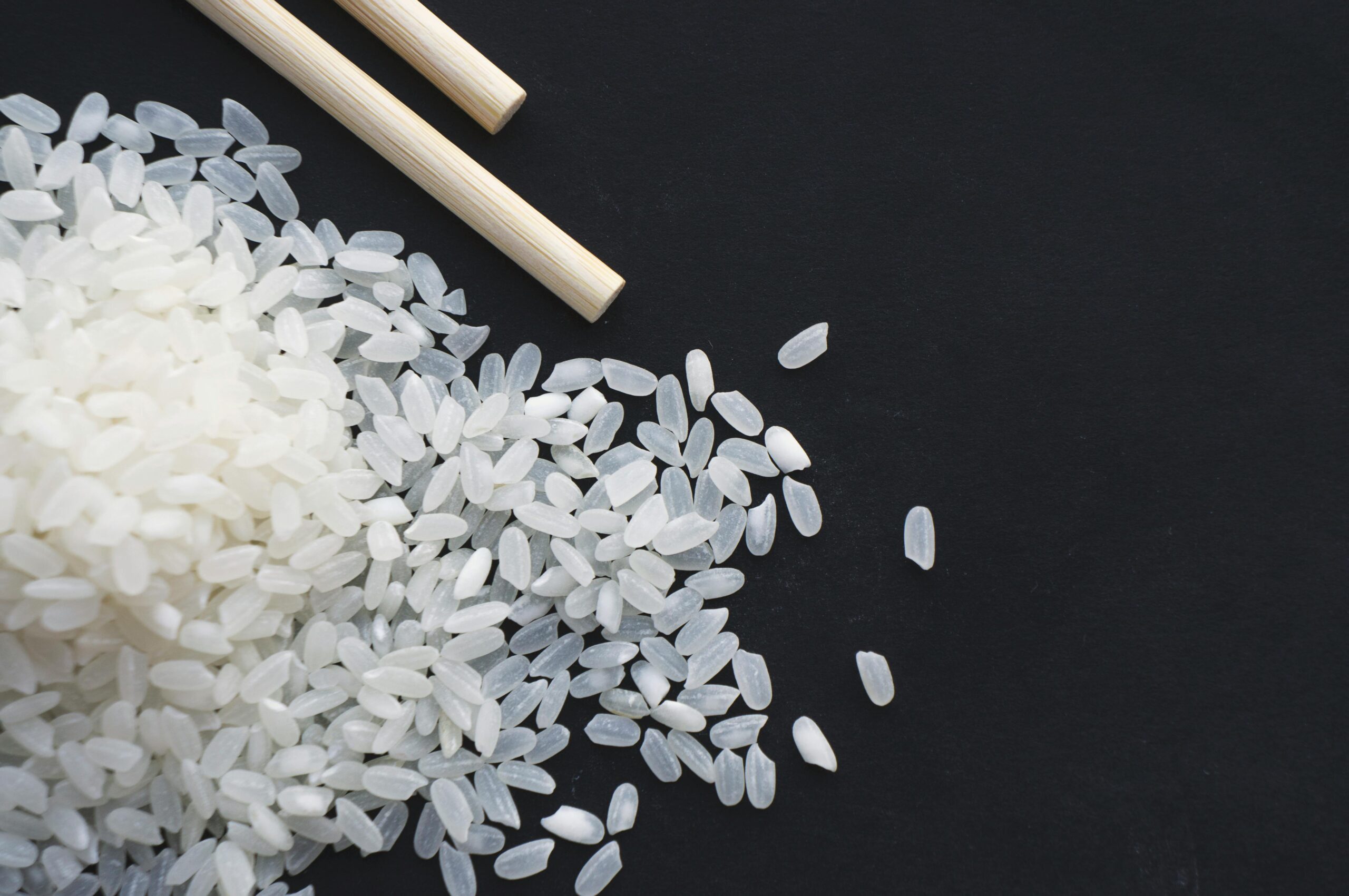
Rice is one of the world’s most vital agricultural commodities, serving as a staple food for over 3.5 billion people, particularly in Asia, Africa, and Latin America.
Key Characteristics:
✔ Essential Food Crop – Accounts for ~20% of global calorie consumption.
✔ Highly Traded – Major exports from Thailand, India, Vietnam, and the U.S.
✔ Price Volatility – Sensitive to weather, trade policies, and fuel costs.
✔ Two Main Types:
-
Japonica (sticky, short-grain – popular in Japan/Korea)
-
Indica (long-grain – e.g., Basmati, Jasmine)
1. How Rice is Traded as a Commodity
A. Physical Rice Markets
-
Export Hubs: Thailand, India, Vietnam, Pakistan, U.S.
-
Grading Standards:
-
White Rice (most traded)
-
Parboiled Rice (partially boiled before milling)
-
Basmati/Jasmine (premium varieties)
-
B. Futures & Derivatives Trading
-
Chicago Mercantile Exchange (CME) – Rough Rice Futures (Symbol: RR)
-
Over-the-Counter (OTC) Contracts – Common in Asia for bulk trade.
C. ETFs & Investment Funds
-
Agri-commodity ETFs (e.g., DBA – Invesco Agriculture ETF) include rice exposure.
2. Key Factors Affecting Rice Prices
| Factor | Impact on Price |
|---|---|
| Weather (Droughts/Floods) | 🌧️↓ Supply → Prices Surge |
| Government Policies (Export Bans, Subsidies) | 🇮🇳 India’s 2023 export ban → +20% price spike |
| Fuel & Fertilizer Costs | ⛽↑ Production costs → ↑ Prices |
| Global Demand | 🏙️ Urbanization → More rice consumption |
| USD Exchange Rates | 💵 Stronger USD = Cheaper for importers |
*(Example: Rice prices hit 15-year highs in 2023 due to India’s export restrictions and El Niño fears.)*
3. Major Rice-Producing & Consuming Countries
| Top Producers (2024) | Top Exporters | Top Importers |
|---|---|---|
| 🇨🇳 China | 🇮🇳 India | 🇵🇭 Philippines |
| 🇮🇳 India | 🇹🇭 Thailand | 🇳🇬 Nigeria |
| 🇮🇩 Indonesia | 🇻🇳 Vietnam | 🇨🇳 China |
| 🇧🇩 Bangladesh | 🇵🇰 Pakistan | 🇪🇺 EU |
(Source: USDA, FAO)
4. Rice vs. Other Agricultural Commodities
| Commodity | Price Volatility | Demand Drivers | Trade Liquidity |
|---|---|---|---|
| Rice | High 🌊 | Population growth, weather | Moderate (Asia-focused) |
| Wheat | Medium 🌾 | Bread, pasta, biofuels | High (Global trade) |
| Corn | Medium 🌽 | Livestock feed, ethanol | Very High |
| Soybeans | Medium 🌱 | Oil, animal feed | High |
Best For:
✅ Traders betting on Asian food demand
✅ Hedging against food inflation
5. How to Invest in Rice
A. Direct Physical Trade
-
Import/Export Contracts (Bulk shipments from Thailand/Vietnam)
-
Rice Farming Investments (Land leases in producing countries)
B. Futures & Options
-
CME Rough Rice Futures (RR) – 200,000 lbs per contract.
-
OTC Swaps (For institutional traders).
C. Agri-Stocks & ETFs
-
ETFs: DBA (Agriculture Basket), RJA (Agriculture Index)
-
Stocks: KRBL Ltd (India), Thai Hua Rubber (Thailand)
D. Commodity Funds
-
Managed futures funds with rice exposure.
6. Risks of Trading Rice
⚠ Weather Dependency – Floods/droughts disrupt supply.
⚠ Political Risks – Export bans (e.g., India 2023).
⚠ Low Liquidity – Smaller market than wheat/corn.
⚠ Storage Costs – Rice spoils faster than grains like wheat.
7. Future of Rice as a Commodity
📈 Growing Demand – Population + African/Asian urbanization.
🌍 Climate Change Impact – More supply shocks expected.
🔄 Tech Innovations – Drought-resistant GMO rice (e.g., Golden Rice).
Price Prediction: Expect continued volatility with long-term upward pressure.
8. Conclusion: Should You Trade Rice?
✅ Yes, if:
-
You understand Asian agricultural markets.
-
You want exposure to food inflation.
-
You can handle weather/policy risks.
❌ No, if:
-
You need high liquidity (like oil or gold).
-
You prefer stable commodities (e.g., metals).
Final Tip: Combine rice with wheat/corn for a diversified agri-portfolio.
